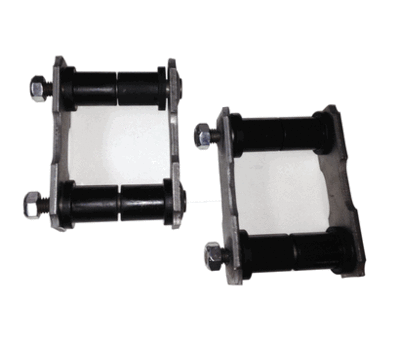Rob at Mancini said that the same Buffalo, NY manufacturer makes both the Mancini and MP shackles. The ones I got, part#MRE139P.


45 ft-lbs of torque on any nut is the same, the type of nut makes no difference.
The box did say GM on it.
I used these, no problems:
View attachment 686428
















